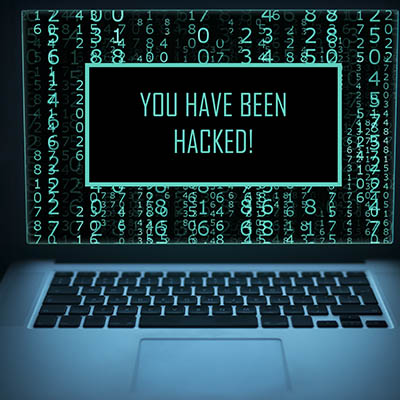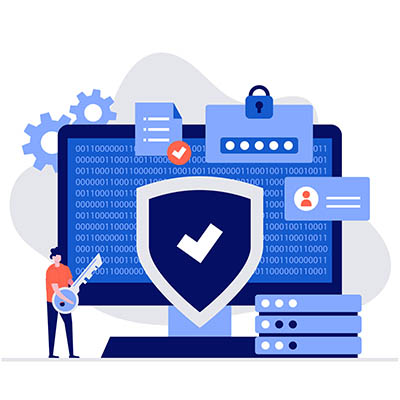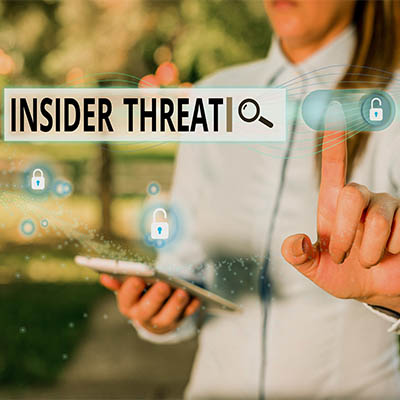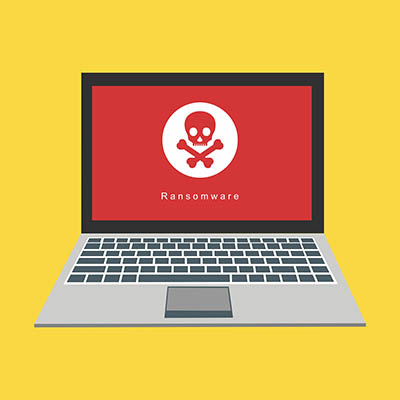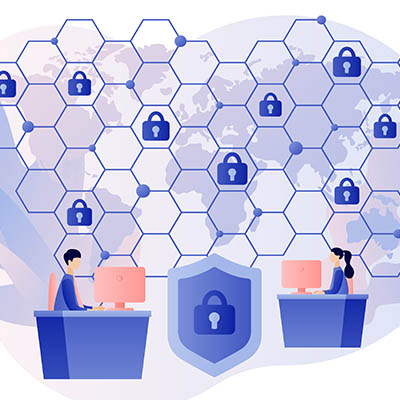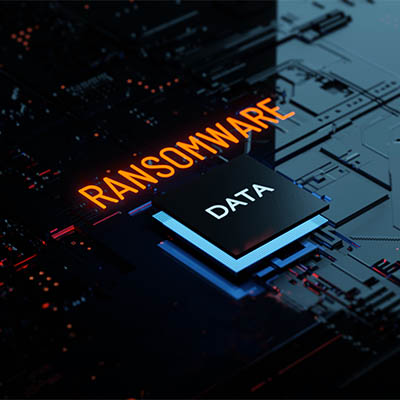Network security is one aspect of your business that absolutely should not be underestimated. In fact, many companies fail to adequately monitor their networks, and it can lead to many complications down the road. Why is it so critical to monitor your network, and how can you make sure that your business is actually doing it?
Artificial intelligence, or AI, is a technology that many industries have found themselves benefiting greatly from, especially in the domains of cybersecurity and automation. Unfortunately, for every one great use of something, hackers will find two bad uses for it. AI has dramatically changed the landscape of cybersecurity and, more interestingly, cybercrime. Let’s take a look at why these threats are so concerning.
Businesses need all of the advantages they can get against threats, especially considering the fact that many of them adapt and evolve in response to advances in security measures. Some security researchers are seeing great success with artificial intelligence measures, a concept that could eventually become the future of network security in the business world.
Dealing with a hacked computer can be scary, but depending on the severity of the hack, you might not even know your infrastructure has been breached until it’s too late to stop it, putting you in a reactionary position. Let’s go over some of the telltale signs of a computer hack and what you should do about it.
Today’s cybersecurity landscape is dangerous, to say the least, prompting many organizations to adopt what is called a zero-trust policy for their security standards. Is a zero-trust policy the best solution for your company’s cybersecurity woes, and how effective is it toward preventing security issues? Let’s take a look.
A recent trend even amongst ransomware threats is that the FBI is issuing warnings regarding how dangerous it is or how difficult certain variants are. This particular threat—the OnePercent ransomware gang—is no exception. Let’s break down what you need to know about the OnePercent Group and how you can prepare to handle attacks not just from this threat, but most ransomware threats.
One of the most difficult things to do in business is to imagine a scenario in which someone you trust puts your organization at risk. We focus so much on the external threats that the internal ones often go unnoticed. How can you make sure that your organization does not fall victim to the several different types of insider threats out there? Let’s take a look.
You’d think that cybercriminals would use ransomware to target high-profile businesses with loads of money to extort, but this is not always the case. Even a small business can fall victim to these particularly devastating threats. Ransomware, just like other threats out there, has continued to evolve and adjust its approaches based on the current cybersecurity climate, so what are some of the latest developments in ransomware?
To be adept at a task is to say that the one doing the task is a professional, or someone with substantial knowledge that can be used to effectively complete the task. Cybersecurity is one such area where having a considerable amount of knowledge is of particular importance to help navigate the complex environment surrounding it. How can your organization achieve this level of mindfulness and expertise?
The Kaseya ransomware attack targeting VSA servers for approximately 1,500 organizations was another notable attack in a recent string of high-profile ransomware attacks, and while most organizations did what most security professionals recommend and did not pay the ransom, others did not listen. Now those who did pay the ransom are having trouble decrypting their data, and REvil is nowhere to be found to help them in this effort.




